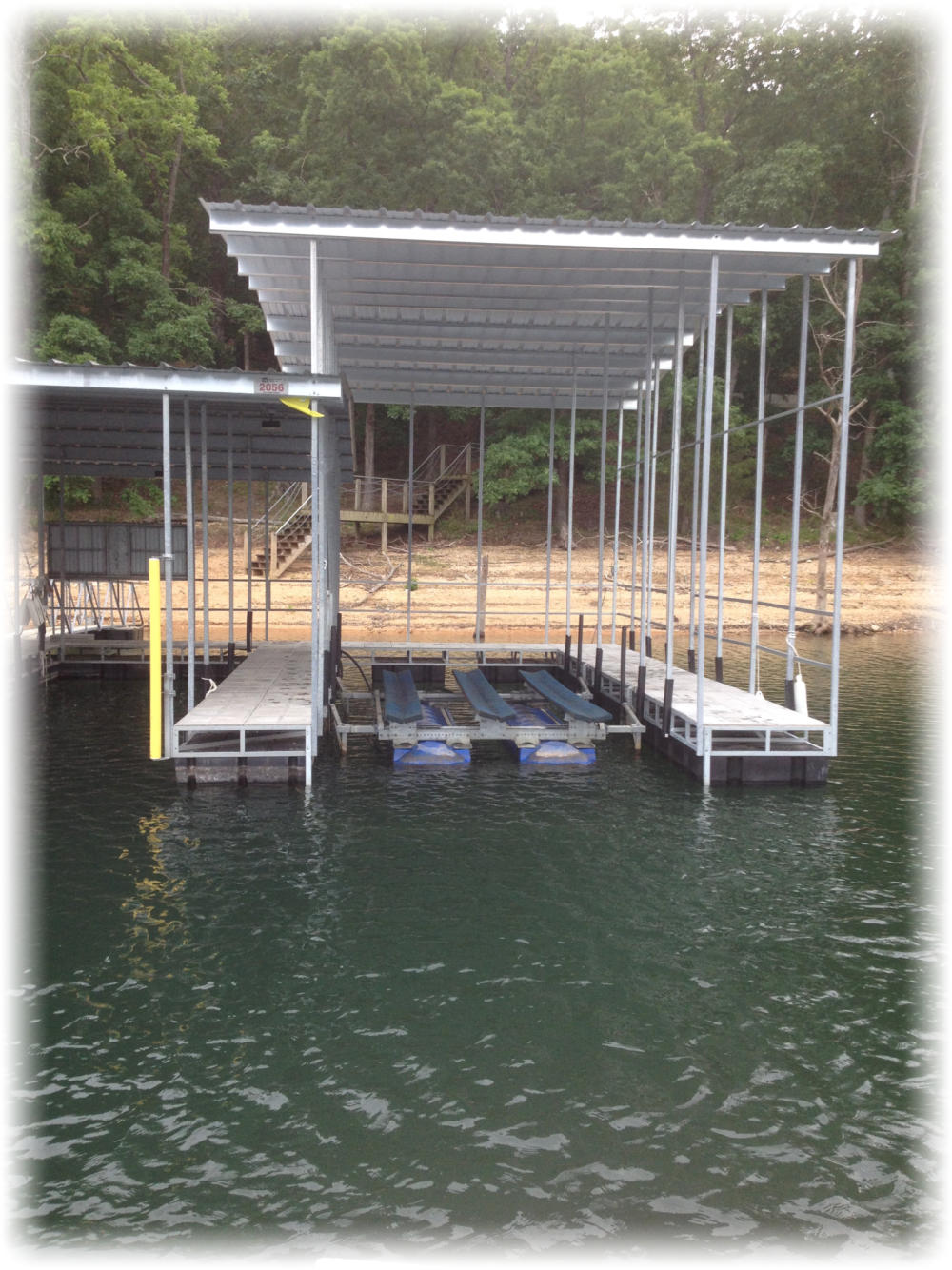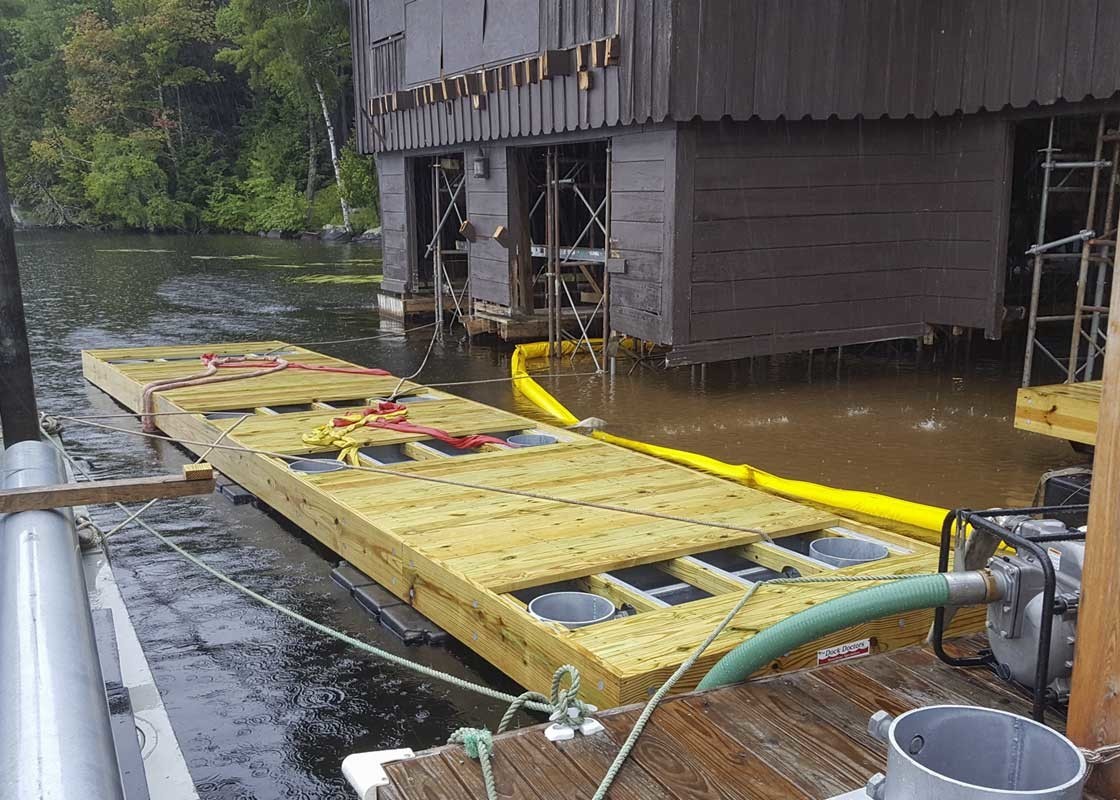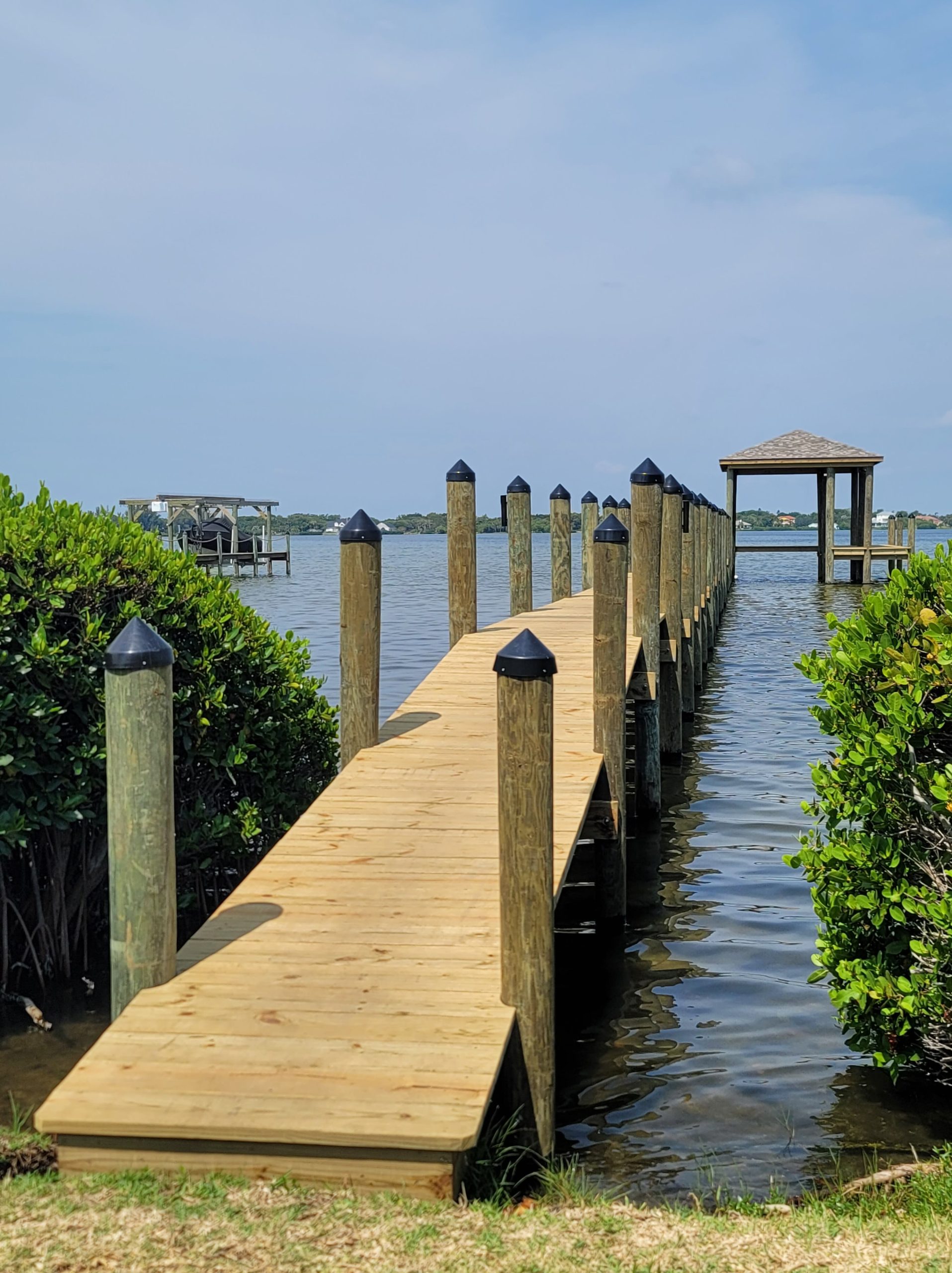Necessary Overview to Budget-friendly Dock Repairs for Homeowners
Exactly How to Address Common Dock Repair Issues for Safe Water Activities

Identifying Common Dock Issues
Recognizing common dock concerns is essential for preserving the capability and safety of your beachfront property. Regular examinations can aid reveal problems before they become extreme, guaranteeing both the durability of the dock and the safety and security of those that use it.
Another typical trouble is the destruction of flotation tools. These gadgets are crucial for keeping the dock resilient, and any type of damage or slits can cause the dock to checklist or sink. On a regular basis looking for leaks or water logged floats can preempt much more considerable problems.
Furthermore, algae and barnacle build-up on the dock's surface area can produce unsafe and dangerous problems. This biofouling not only poses a risk to users yet can likewise speed up the degeneration of the dock materials.
Lastly, checking for indicators of rust on steel parts is important. Corrosion can compromise the stability of the dock's framework, making it harmful. By regularly determining these typical dock concerns, you can make certain that your dock stays safe and functional for years to find.
Repairing Rotting Wood
When attending to the problem of decaying wood on your dock, it is vital to act swiftly to avoid additional deterioration. Begin by extensively inspecting the whole framework to recognize all affected locations. Make use of a screwdriver to probe the wood; if it sinks in quickly, the timber is likely deteriorated and requires immediate attention.
When recognized, remove the deteriorated sections using a saw or sculpt. Be sure to reduce back to healthy, solid wood, ensuring you eliminate all jeopardized product. After removal, deal with the remaining wood with a wood preservative to prevent future rot. This therapy will certainly help guard versus wetness, which is the main reason of timber decay.
Following, replace the gotten rid of sections with marine-grade lumber or pressure-treated wood, which are more immune to water damages. Safeguard the new pieces with stainless-steel or galvanized fasteners to protect against rust. Additionally, using a water-proof sealer to the brand-new wood can provide an additional layer of defense.
Safeguarding Loose Boards
How do you guarantee your dock remains useful and safe for all its users? One crucial aspect is protecting loose boards, which can or else position considerable threats. Loosened boards not only raise the danger of stumbling but can additionally jeopardize the structural honesty of the entire dock.

For reinstallation, use galvanized or stainless steel screws, as these materials offer superior resistance to corrosion in aquatic settings. Ensure the screws are long enough to penetrate deep into the underlying support framework, however not as long that they extend through the dock's surface. Pre-drilling pilot openings can aid avoid the wood from splitting.
Lastly, keep a routine assessment timetable to determine and deal with any kind of brand-new issues promptly. By safeguarding loosened boards effectively, you add to the original source the general safety and durability of your dock, making it a dependable system for water activities.
Supporting Unstable Pilings
Making sure the security of unstable pilings is paramount to keeping a useful and risk-free dock. Utilize a level to inspect for vertical positioning and guarantee they are driven deep enough into the substrate to offer sufficient support.
If the pilings are discovered to be unstable, one effective approach for support is using extra supporting. Cross-bracing with treated lumber or galvanized metal can considerably improve security. Anchor the dental braces firmly to both the pilings and the dock frame to distribute tons evenly.

Routine maintenance and regular reassessment of the pilings' security are vital to ensuring long-lasting dock security and capability.
Changing Rusty Equipment
Addressing unsteady pilings is simply one aspect of keeping a dock's honesty; another vital issue is replacing rustic equipment. Over time, direct exposure to dampness and salt can bring about the oxidation and deterioration of screws, screws, and braces, compromising the entire framework's safety and security. Normal evaluation for rust is essential, especially after extreme climate or seasonal modifications.
When rustic hardware is recognized, instant action is required. Begin by selecting marine-grade stainless-steel or galvanized hardware, both made to resist the rough marine atmosphere. Make sure that you have the proper tools, such as screwdrivers and wrenches, to securely get rid of the old, rusty pieces without creating further damage to the dock.
After removing the rustic equipment, thoroughly tidy the impacted areas to remove any residual corrosion or debris. Use a rust-inhibiting guide to revealed metal surfaces before installing the new hardware. Tighten all fixtures firmly to stop future helping to loosen, and regularly examine the installations to make certain ongoing stability.
Replacing corroded equipment not only expands the dock's life expectancy but additionally dramatically enhances the safety of water activities. By proactively managing corrosion, you shield both the structure and its individuals, guaranteeing a secure and delightful waterfront experience.
Final Thought
Routine assessments and upkeep are vital to deal with common dock repair service problems and make certain risk-free water tasks. By recognizing and fixing problems such as rotting timber, loosened boards, unstable pilings, and rusty equipment, architectural security and durability can be considerably enhanced. The application of appropriate treatments and marine-grade materials further strengthens the dock against ecological stressors. Such positive visite site steps contribute to the total safety and security and performance of dock structures, promoting a safe atmosphere for water-based activities.
Guaranteeing the security of water tasks pivots dramatically on the appropriate upkeep and repair of anchors (Dock Repairs). These devices are important for maintaining the dock buoyant, and any type of damage or leaks can trigger the dock to checklist or sink. By regularly recognizing these common dock concerns, you can guarantee that your dock continues to be functional and protected for years to come
Making sure the stability of unsteady pilings is critical to maintaining a useful and secure dock.Routine evaluations and maintenance are important to deal with typical dock repair problems and guarantee risk-free water tasks.